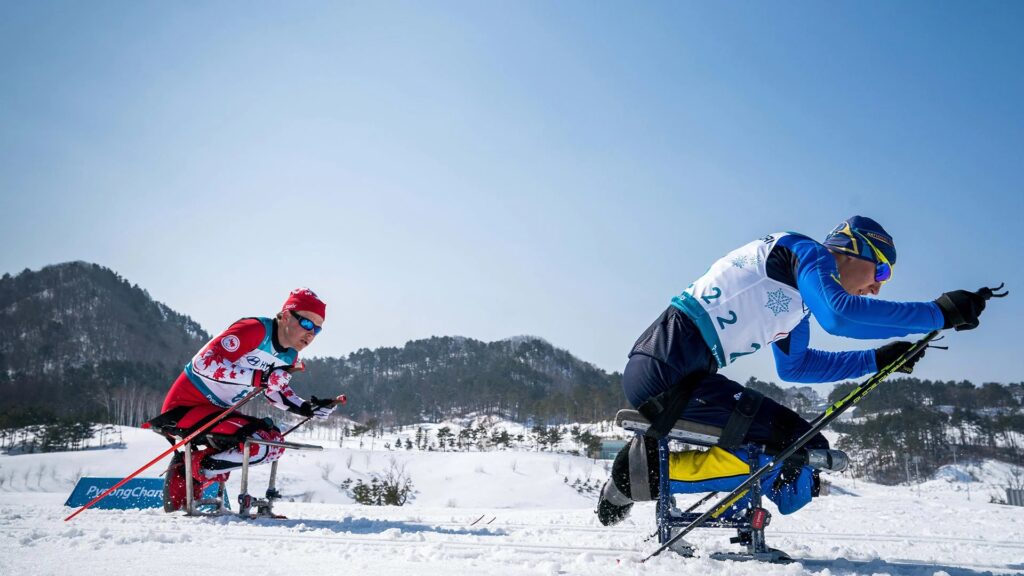7 Reasons Why We Love the Paralympics
Disability is not a barrier in sport – as long as you are passionate, dedicated, and talented, you can succeed. Nothing can stand between you and your goal to conquer the sports field. The paralympics have a lot in common with Olympics but there are some important differences. Instead of the iconic interlocking rings, the Paralympic Games has its Agitos: three swoops in green, red, and clue that depict the Paralympic motto, “Spirit in Motion”.
These games are just as competitive and riveting as the Olympic Games, and we can bet you that once you start watching, you will fall in love. Here’s 7 reasons why we absolutely love the Paralympics!
1. Social Inclusivity
The Paralympics are making sports more inclusive and diverse. Previously, sports could only be played by full-abled athletes, but this tournament was opened doors for everybody. The Paralympic Games offers people living with a disability a platform to showcase their talent and compete with other talented athletes.
This social inclusivity allows sports to be more fun and enjoyable for people all around the world, and it inspires people to not let a disability decide their fate. These games are changing the landscape and future of sports.
2. Sports That Are Highly Unique
There are many sports that you will only have the pleasure of watching at the Paralympics. Goalball is played by two teams of three blind or visually impaired athletes who throw a heavy ball with a bell inside across the opposing team’s net. The defenders have to block their progress with their bodies and while they stop the opposing team from securing a point.
Another game, Boccia, features some of the most talented athletes at the Paralympics. This game is similar to bowling: the teams or individuals are required to roll, kick, or throw balls, aiming to hit them as close to a target as possible.
3. Drug Testing
All Paralympic athletes are subjected to the same restrictions on substances as Olympic athletes. Nicole Sapstead, the director of Operations at UK Anti-Doping says “It’s a common misconception that a lot of Paralympians will be on prescription drugs. That’s not the case at all”. Any player who requires additional medication for treatment or pain must apply for an exemption. There is no special treatment, nor is there any impunity offered to athletes.
4. Sports are the Same, But Different
There are a lot of sports that you will recognize at the Paralympics. From swimming and cycling to football, except for a few alterations to rules and gear, everything is essentially the same. In blind football, for example, the ball used is less bouncy and it contains ball bearings so that it is audible to the players.
Spectators also enjoy watching sports like seated volleyball and wheelchair rugby, and if you have seen these before, you’ll find that they are equally competitive and exhilarating.
5. Guide Runners for Blind Athletes
Blind and visually impaired athletes do not let this disability stop them from braking records. Winning a race is determined by the physical strength and stamina of an athlete, not the vision of a player.
To make this possible, a guide is assigned to each athlete. The guides are usually tethered to the athlete through a rope, and they act as the eyes of these immensely talented runners. Libby Clegg, a true inspiration, ran 100 m in just 12.41 seconds with a guide talking to her throughout the race.
6. Age is Just a Number
Fans of the Paralympics know that these games do not discriminate between the old and the young. Many athletes explore the opportunity to excel at sports later in their life compared to their non-disabled counterparts. The Paralympics welcomes them with open arms whenever they choose to join.
7. Tappers
Tappers assist blind swimmers – they are positioned at the end of the pool, and they hold a long pole with a soft spherical ball attached at one end. As the swimmers approach the end of the race, the guides tap them at the head to indicate they are at the end of the pool. One of these tappers has said “We tap the swimmer when they are between two and four meters from the end of the pool. It takes a lot of training together, and a lot of trust.”
The Diamond of Sports
From the long-awaited FIFA World Cup, where fans drop everything to watch Messi score legendary goals, to the Ashes where everybody cheers for the Australian Cricket Team, millions of people are delighted by sports every week.
But the energy is different when it comes to the Paralympic Games. For these 12 days, sports fans around the globe are hooked to their TVs watching iconic athletes perform with unmatched zeal and zest. The glorious victories and crushing defeats will keep you on the edge of your seat!

I really like this https://bdwebit.com/domain-registration